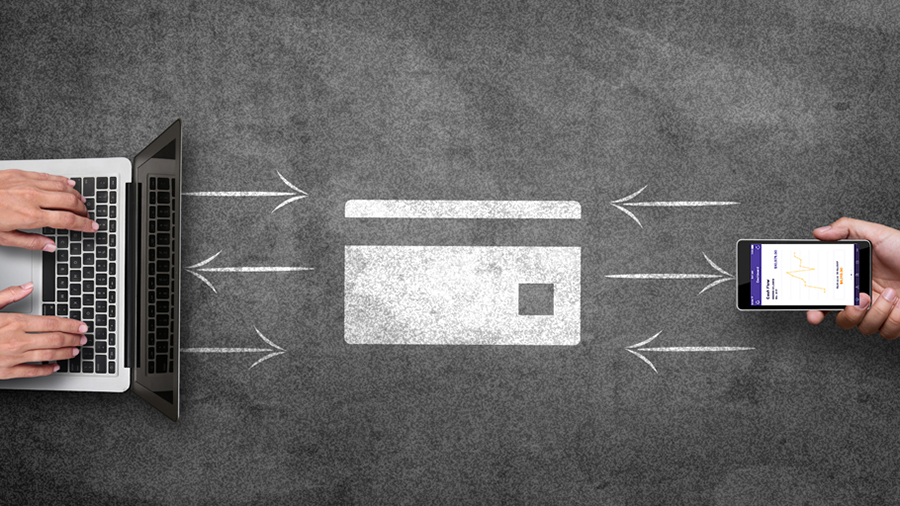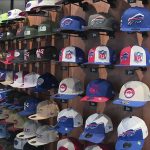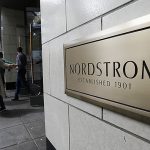In the evolving world of e-commerce, merchants face a critical challenge impacting profitability—escalating chargebacks that stretch resources and threaten business health. That observation comes from Chargeflow, a chargeback automation platform company, in its 2024 State of Chargeback report.
The company, which works with e-commerce company solutions, looked into the complexities of chargebacks and offered insights to empower merchants to navigate and effectively manage the associated challenges.
True Fraud vs. Friendly Fraud
Chargeflow noted in its report that effectively managing chargebacks requires businesses to understand the difference between True Fraud and Friendly Fraud.
True Fraud involves unauthorized transactions made without the cardholder’s consent, often due to identity or credit card theft. Friendly Fraud occurs when consumers dispute charges without a valid reason, often over a misunderstanding or intentional abuse of the chargeback process. According to Chargeflow data, 79.03 percent, or approximately 8 out of 10 chargebacks, result from friendly fraud.
Regarding recourse, Chargeflow found that success varies between Friendly Fraud and True Fraud as follows:
- Friendly Fraud Chargebacks: Merchants successfully dispute and win in 43.82 percent of cases; however, the bottom line is that 56.18 percent of cases lead to revenue losses.
- True Fraud Chargebacks: Retailers struggle when disputing a true fraud chargeback. According to its research, merchants can only successfully dispute 9.27 percent of unauthorized transactions.
“Merchants today face a landscape of online transactions that is as dynamic as it is challenging. This includes the growing struggles to stop chargebacks where the majority of the damage is coming from consumers rather than criminals,” said Ariel Chen, co-founder and CEO of Chargeflow. “Through a combination of automated fraud detection and chargeback management capabilities and customer education initiatives, retailers have the opportunity to reduce instances of friendly fraud while identifying patterns of remaining activity so they can rapidly and accurately respond to fraudulent activities and stop leaking revenue profits.”
Win Rate by Transaction Amount
According to Chargeflow’s data, higher transaction values correlate with lower win rates, highlighting the need for targeted strategies to manage disputes, especially for transactions above $100. Enhancing fraud prevention measures and refining dispute resolution approaches for higher-value transactions could improve win rates in these segments.
When taking a closer look, Chargeflow’s data shows the following:
- Lower-Value Transactions ($0-$49.99): Transactions up to $49.99 maintain relatively high win rates, with 46.85 percent for $0 to $29.99 and 45.42 percent for $30 to $49.99, suggesting less scrutiny and fewer disputes for lower-value transactions.
- Mid-Range Transactions ($50-$299.99): In this bracket, win rates decrease gradually, indicating increased complexity and higher scrutiny as the transaction value rises. Rates dropped to 44.74 percent for $50 to $99.99 and 37.75 percent for $100 to $299.99.
- High-Value Transactions ($300+): The most significant drop is seen in transactions over $300, with a win rate of just 27.64 percent. The higher dollar amounts likely involve complex disputes, reflected in the lower success rates.
Monthly Distribution of Dispute Counts
Chargeflow’s research discovered specific seasonal patterns in customer behavior and transaction volumes.
- Peak Periods: July, August and December typically show higher dispute counts. Increased transaction volumes likely drive these spikes during key shopping seasons, such as the summer and winter holidays.
- Low Periods: February and March are characterized by lower dispute months, likely reflecting a post-holiday decrease in consumer spending or generally lower transaction activity.
Chargeback Win Rate Across Various Industries
When looking at chargeback win rates across different industries, the sectors with the lowest win rate are Games and Leisure (15.2 percent), Consumer Electronics (16.59 percent) and Home and Garden (20.01 percent). Industries with the highest success rate are Beauty and Fitness (40.19 percent), Lifestyle (38.67 percent), Autos and Vehicles (37.6 percent), and Apparel (35.8 percent).
When it comes to the reason codes that result in chargebacks across various sectors, Chargeflow’s research identified the following:
- Apparel: Top chargeback challenges include ‘Not Received’ (37.01 percent), ‘Not as Described’ (21.82 percent) and ‘Fraud’ (23.79 percent).
- Beauty and Fitness: In this sector, ‘Fraud’ accounts for 36.06 percent of chargebacks, while ‘Not as Described’ chargebacks constitute 13.50 percent.
- Computers and Toys & Hobbies: These sectors are impacted by ‘Not as Described’ chargebacks, with rates of 21.94 percent and 22.76 percent, respectively.
- Food & Beverage: The primary chargeback concern in the Food and Beverage industry is ‘Fraud,’ which constitutes 78.91 percent of chargebacks.
The 2024 State of Chargebacks Report features data gathered using raw 2023 chargeback data sourced from thousands of Chargeflow’s customers. To access the report, go here.










